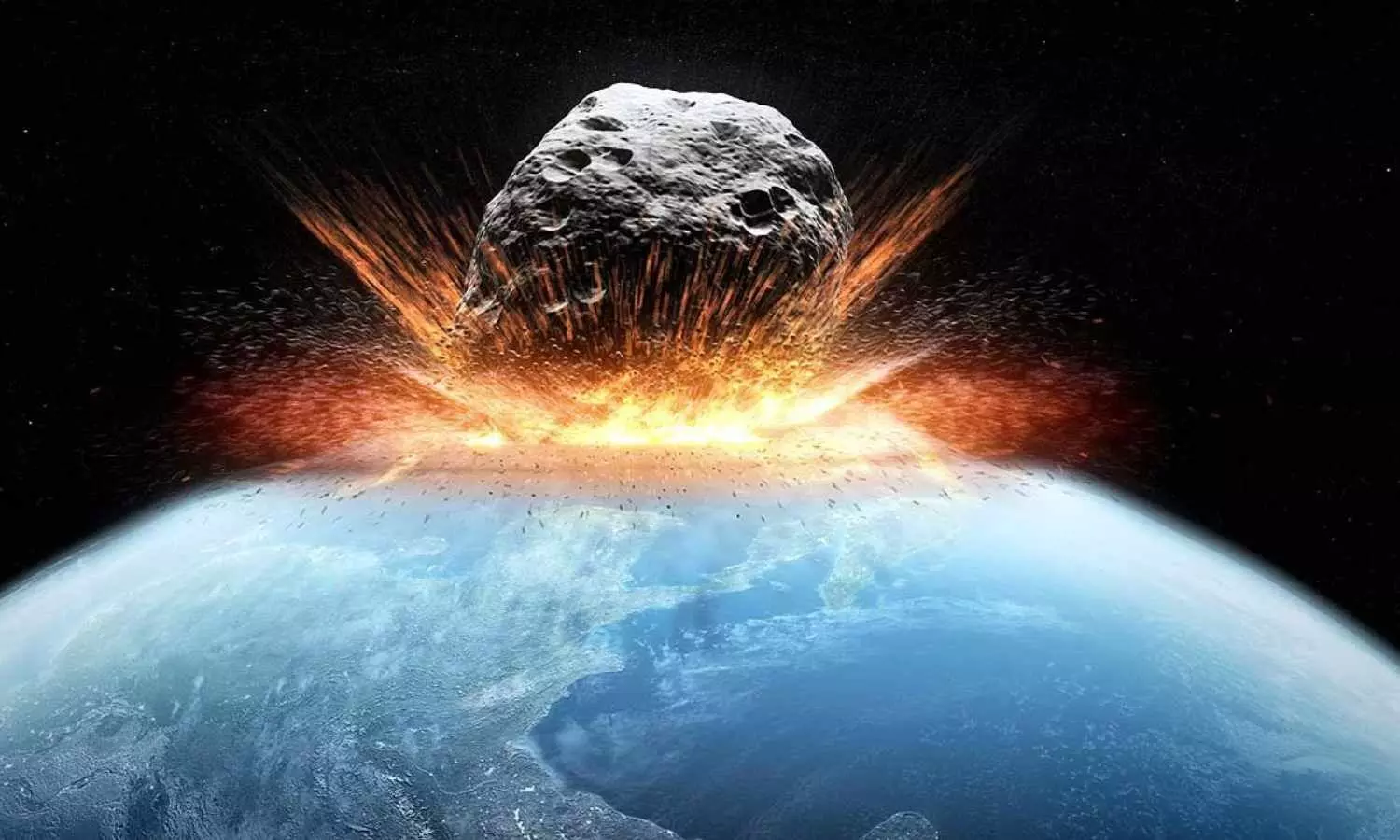Newly Discovered Asteroid Could Strike Earth in 2032 with 100x Hiroshima’s Power—How Likely Is Impact?
A newly discovered asteroid, 2024 YR4, poses a potential threat to Earth with a force 100 times greater than the Hiroshima bomb. Scientists are closely monitoring its trajectory for a possible impact on December 2, 2032.
Asteroid Threat

A massive asteroid, 2024 YR4, poses a potential threat to Earth, with a projected impact date of December 2, 2032. Comparable in size to the Statue of Liberty, this space rock carries immense destructive power, prompting scientists to closely monitor its trajectory as impact probability rises.
Discovery and Increasing Risk
First detected in December 2023 using NASA-funded telescopes, 2024 YR4 initially had a 1.2% chance of collision. However, recent calculations have raised that probability to 2.3%, translating to a one in 43 chance—enough to draw serious concern from astronomers.
NASA and the European Space Agency track thousands of asteroids, yet 2024 YR4 is the only one currently exceeding a 1% impact probability. It has been assigned a level 3 rating on the Torino Impact Hazard Scale, a ranking not seen in years. Historically, asteroids with higher initial risk ratings have later been deemed non-threatening after further calculations.
Potential Impact and Consequences
Should 2024 YR4 collide with Earth, the resulting explosion could reach 15 megatons of TNT—100 times the power of the Hiroshima bomb. The primary impact zone could experience devastation within a 5.7 km radius, with severe damage extending up to 8.8 km and potential casualties as far as 19 km away.
A direct strike on a major city like London could flatten entire districts, from Westminster to Croydon. Similar destruction would occur if it hit cities like Manchester, Belfast, or Edinburgh, while smaller towns could be entirely wiped out.
Are We Prepared?
Despite the increasing impact probability, experts emphasize that the overall risk remains low. Since Earth's surface is largely water, an ocean impact is statistically more likely, which could lessen the damage. Additionally, past asteroid threats have been downgraded after refined calculations.
Currently, NASA lacks the technology to deflect an asteroid of this size. While the recent DART mission successfully altered the trajectory of a smaller asteroid, scalable planetary defence methods are still in development. If 2024 YR4 remains on its projected path, early detection and emergency planning will be critical.
Astronomers will continue tracking the asteroid, with future calculations determining whether Earth remains at risk. Until then, planetary defence remains a top priority.

